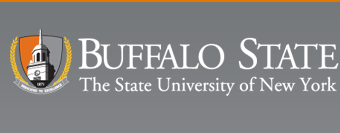A Financial Analysis of Buffalo Charter Schools: Are Charter Schools Getting Their Fair Share of Public Funds?
.
Abstract
The charter school movement has existed for approximately 20 years and just under that in New York State. Charter schools are privately-managed public schools. As the quantity of charter schools and the students attending them increase in the city of Buffalo so too does the amount of taxpayer dollars directed to them. Charter schools receive tuition payments from local school districts for students from those districts attending their school. The payments are public funds, the amounts of which are derived from a funding formula created by the state and paid by the local school district. Charter schools argue there is a disparity in the funding they receive as compared to funds traditional school districts receive. They contend the tuition amount per student is inadequate, hindering them from suitably educating their students. This study conducts a financial analysis of charter schools in the Buffalo area, exploring how public funds are being used. In addition, a determination is made as to whether or not the NYS charter school tuition funding formula is on par with funds directed to the Buffalo School District. During this process various aspects of charter school education and industry were reviewed identifying various aspects and issues concerning charter school funding and finances. The framework for this study is an embedded mixed methods (participant-observer) which follows an explanatory mixed methods procedure. In the quantitative phase charter school finances where analyzed and in the qualitative phase open-ended interviews were conducted. This study found that about half of the charter schools had well over $2 million of reserve funds on hand and most others about a $1-$2 million. Moreover, it was found that the charter schools’ argument with respect to funding deficits has merit and that the NYS funding formula should be readdressed. Thus, it is concluded that despite having enough funds to maintain operations, charter schools are not receiving their fair share of public funds. As the New York State Education Department’s funding formula for charter school tuition has not been reexamined since its establishment in 1999, it remains unequitable due to, for example, increasing costs for employee health benefits and retirement.


